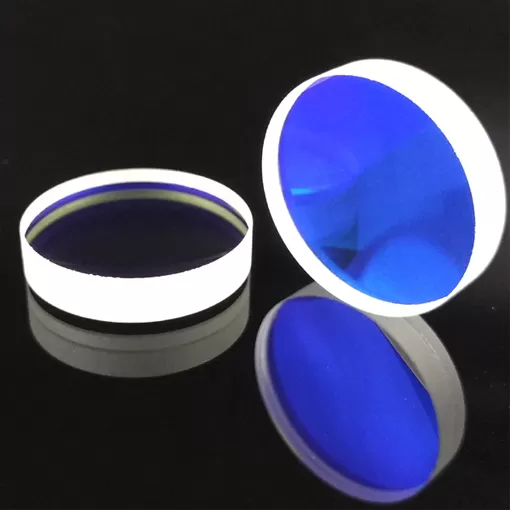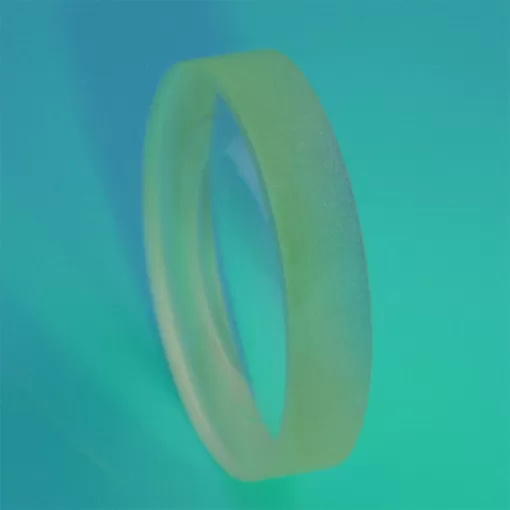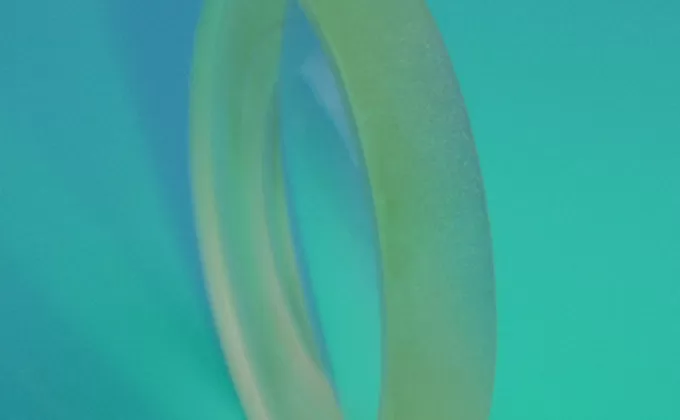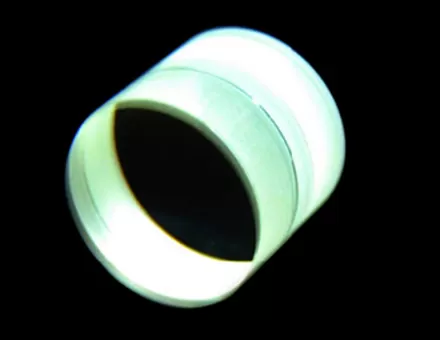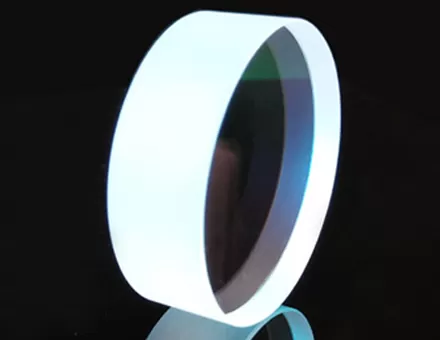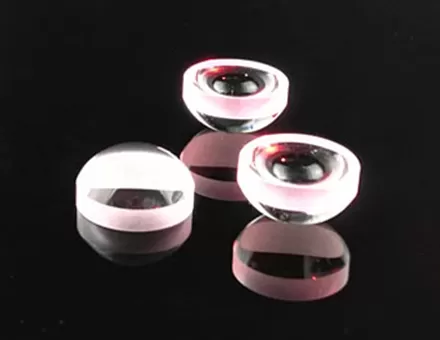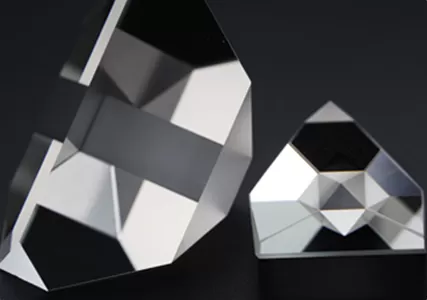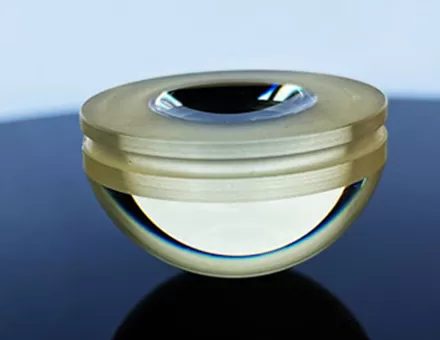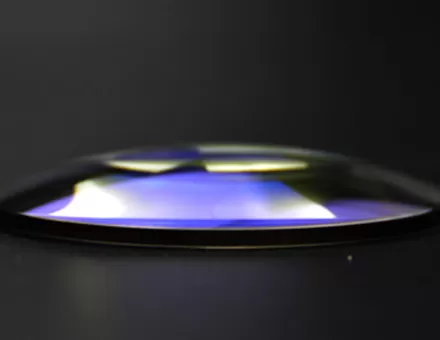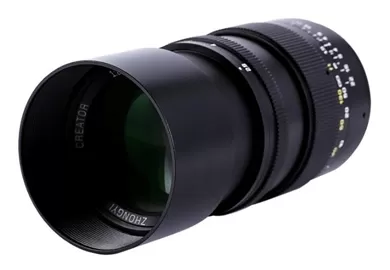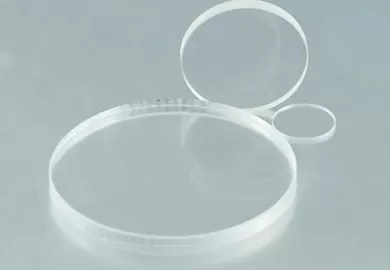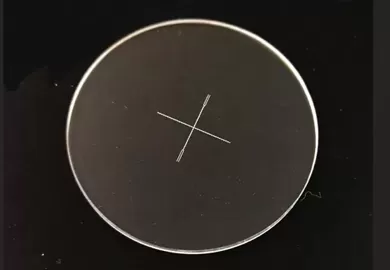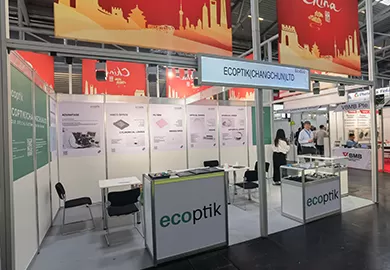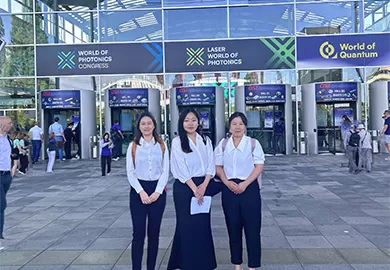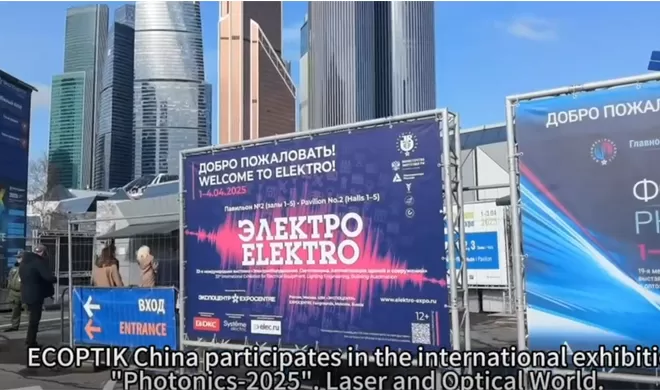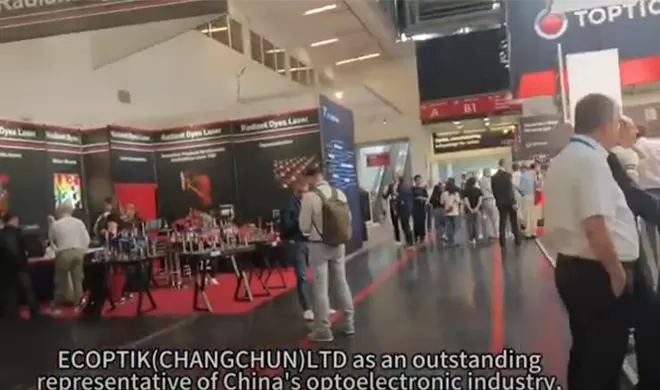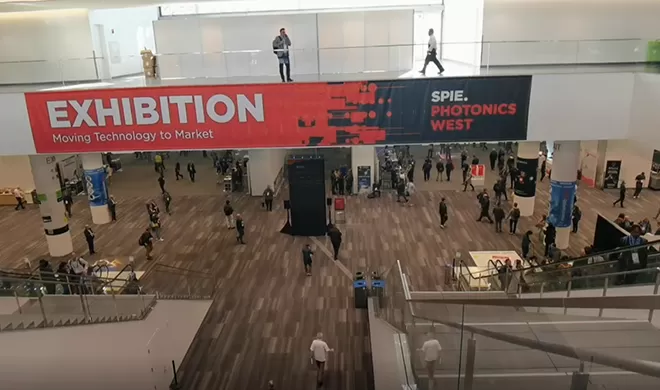Ecoptik China (also known as BRD Optical) provides meniscus lens in both positive and negative focal lengths. On the aspect of shape, it can be divided into convex meniscus lens and concave meniscus lens. On the aspect of the effect, it can be divided into diverging and converging meniscus lens.
Positive Meniscus Lens
A positive meniscus lens consists of two curved surfaces with similar radii of curvature and has a positive focal length. Positive meniscus lens are typically used for related applications such as reducing the focal length of another lens, increasing the numerical aperture, etc.In order to reduce spherical aberration, the beam should be incident on the convex surface of the lens when re-expanding or condensing or diverging collimated light is used; when it is used for converging light collimation, the beam should be incident on the concave surface.
Positive meniscus lenses are primarily used to minimize spherical aberration. When used in combination with another lens, a positive meniscus lens can reduce the focal length and increase the numerical aperture of the system without introducing significant spherical aberration. When used to converge parallel light, the convex surface of the lens should be oriented towards the direction of light emission in order to minimize spherical aberration. Coated lenses are also widely used in the visible and near-infrared fields.
Negative Meniscus Lens
A negative meniscus lens consists of two curved surfaces with similar radii of curvature and has a negative focal length.
Usually used to reduce the focal length of another lens, increase the numerical aperture and other related applications.
When used for focused beam collimation, the beam is incident on a concave surface. Negative meniscus lenses are mainly used to minimize spherical aberration.

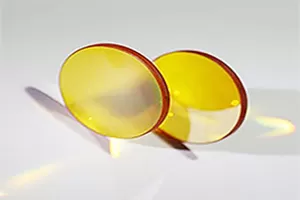
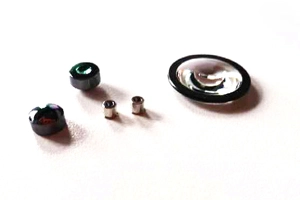

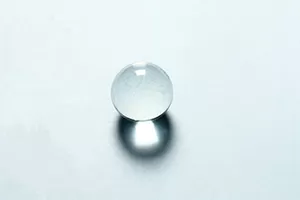
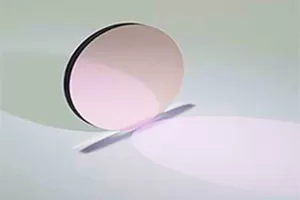
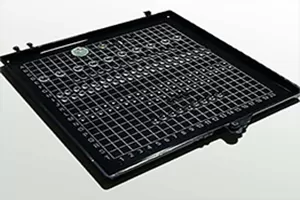

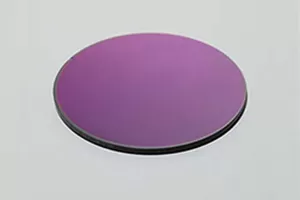
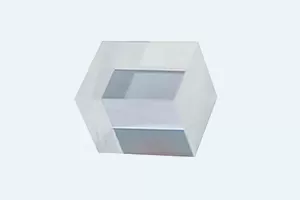
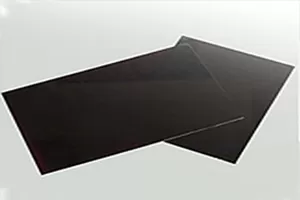
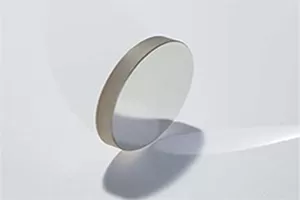
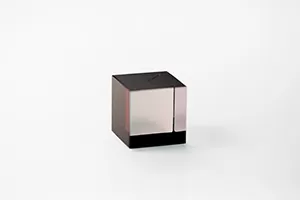
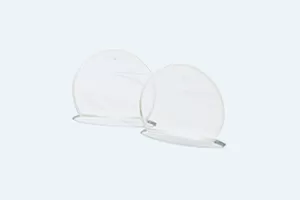
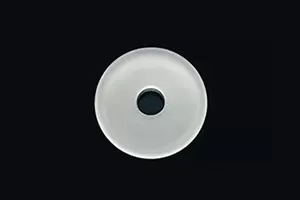
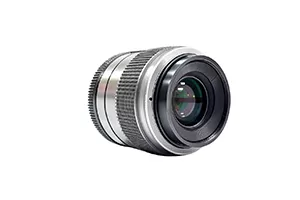
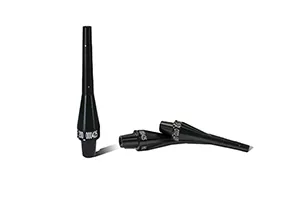
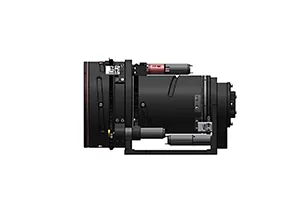
 EN
EN
